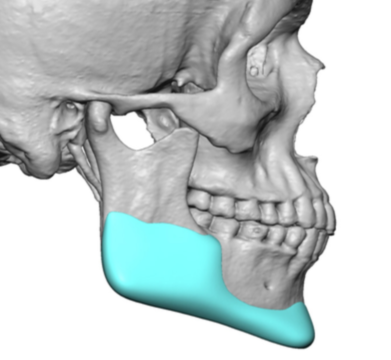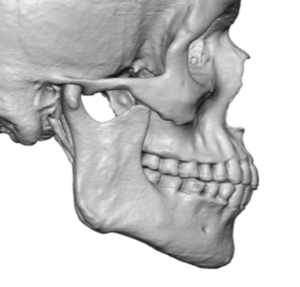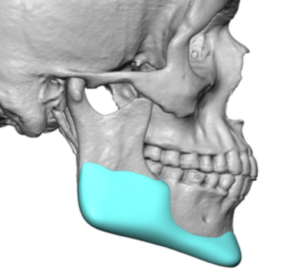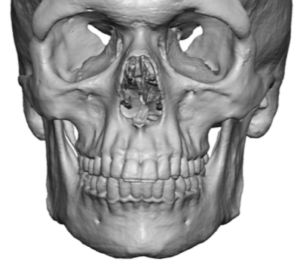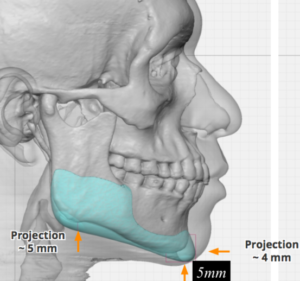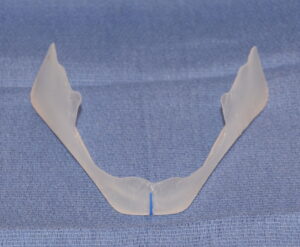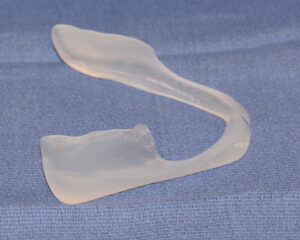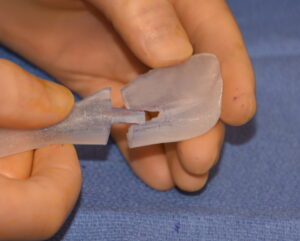Background: Chin augmentation is typically perceived as a horizontal deficiency. Conversely jaw angle augmentation is most frequently seen as a width deficiency. While these lower jaw corner deficiencies are certainly true for some patients, this is a limited perception of what are otherwise three dimensional structures. Undoubtably this is due to the historic implant styles that are used to augment the chin and the jaw angles.
But contemporary facial implant designs are often custom made in which there are no such dimensional limitations. Custom facial implant designs are typically done to create augmentation changes that are otherwise unobtainable from standard implant styles and sizes…which also means they can achieve shape changes that are more three-dimensional. This is classically illustrated in the custom wrap around jaw line implant which by definition changes the horizontal, vertical and width measurements of the lower jaw in various amounts.
One dimensional change that only a custom jawline implant can achieve is vertically lengthening of the entire lower jaw. This is one of the most frequently underdiagnosed changes to the lower face despite the well known facial third assessments. This is most likely because of an unfamiliarity of how to do so.

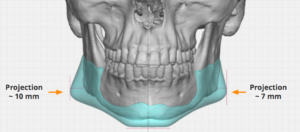

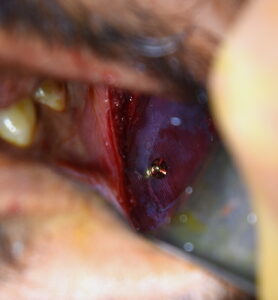
Case Highlights:
1) A total jawline implant is a 3-dimensional technique for changing all of the dimensions of the anterolateral lower jaw borders.
2) When vertical lengthening of the jawline is needed consideration needs to be given as to how much the overlying soft tissues can stretch, particularly in the chin area.
3) Dissection for the primary vertical lengthening jawline implant must elevate all soft tissues attachments from the inferior border all the way around the lower jaw.
Dr. Barry Eppley
Indianapolis, Indiana

